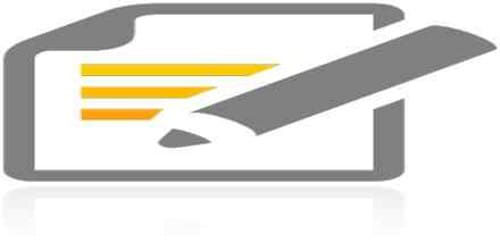Why it is significant: The number of low-power devices and programs that run Doom continues to expand. It now has a candy bar, a Notepad, John Deere combine harvesters, a McDonald’s self-order kiosk, a Lego piece, a milliwatt neural chip, and other features. Teletext, a decades-old TV graphics transmission platform, is the most recent addition.
A modder recently revealed a version of the 1993 FPS classic Doom via Teletext, a 1970s-era method for transmitting rudimentary images to television screens. The modder, lukneu, made various changes to adapt the game to Teletext, offering explicit instructions for people who want to try it themselves.
The addon runs the game on a PC while sending the visual signal to a TV or another device that supports Teletext (such as a Raspberry Pi). The end result is simple black-and-white visuals with the user interface and game instructions optimized for Teletext display, with Doomguy’s face replaced with a simple smiley face. The images may have been more complex, but for a more authentic feel, lukneu chose to maintain the original 1976 Level 1 Teletext and its modest character repertory.
The game can be played with a variety of input methods, including a TV remote. However, the video demonstration demonstrates that the response time of the remote may be a little slow for an action game like Doom. More features, such as auto map support, color graphics, ASCII characters, and a render mode that just draws edges, are on the way.
The Teletext version, like other Doom mods, requires the first Doom game’s WAD file to be played. Lukneu has only tried it with the shareware version, but any WAD that does not change the UI, level titles, or difficulty settings should work. So far, the modder has only created Teletext Doom for Linux, but he has supplied resources on GitHub to assure that running versions for Windows or other systems should not be too difficult.
Teletext is a standard for broadcasting very simple information packets including text or software. Beginning in the 1970s with a restricted number of characters and colors, it grew in sophistication over the decades until it faded into obscurity with the development of digital television, powerful set-top boxes, and mobile devices. Teletext services are still available in several countries, mostly in Europe, despite their age and apparent obsolescence.
















